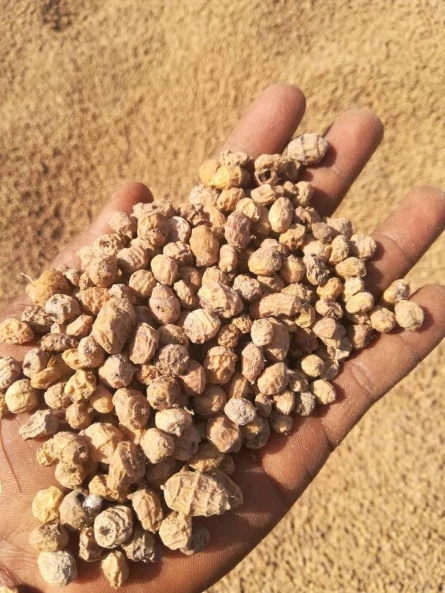- Products
- Frutos secos
- Tiger Nuts
Tiger Nuts

A very nutritious food, with interesting beneficial properties for the organism.
- Description
The species Cyperus esculentus, commonly called hazel sedge, is a herbaceous plant that produces the edible tuber known as tiger nut. It is a perennial plant, reaching 40 to 50 centimetres in height and possessing a rhizomatic root system, in which the tigernuts are eventually formed, with basal and entire leaves.
The plant requires sandy soils and a temperate climate; as such, the African climate is particularly conducive to its cultivation. The tigernuts are planted between April and May (northern spring) and irrigated weekly until they are harvested in November and December (northern winter). The irregularly sized flowers are greenish or yellowish and are borne on stems ending in spikelets.
Once harvested, the tigernuts are washed and dried for preservation, and are sold when dry. Its most appreciated use is for the production of horchata de chufa, a very typical drink in the city of Valencia (Spain). It is also used as bait to attract game such as deer and especially turkeys.







